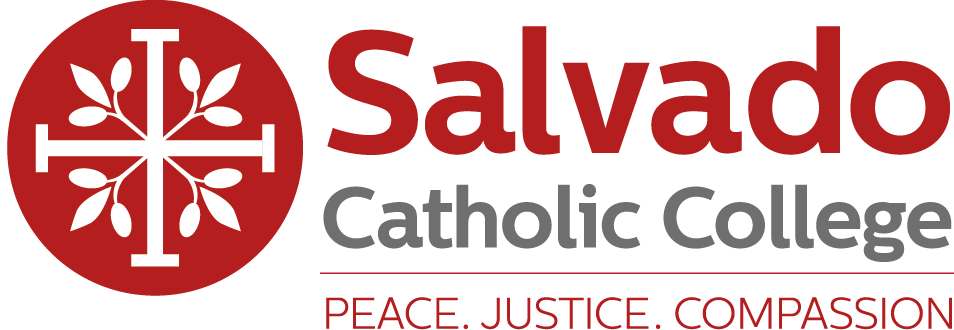
House Patrons
All students at the College belong to one of the four House groups. The College House structure instils in students a sense of belonging, and the unique charism of each House embodies the qualities that we strive to instil in our students. Each of the House Patrons were carefully selected based on their qualities as Catholic leaders and their significant contribution to the life of the Church.
BENEDICT HOUSE
Saint Benedict
Saint Benedict was born in Norcia, Italy around 480 AD. As a young man, Benedict was sent to Rome to further his education. Dissatisfied with the self-indulgent lifestyle of those in Rome, Benedict withdrew from social life and took shelter in a cave in the ruins of Nero’s village, near Subiaco, where he began to live as a hermit. During this time of solitude, Benedict began to draw followers of his teachings, and from here, the principles of the Benedictine Order were established. During his life, Saint Benedict established numerous monasteries, performed many miracles and devoted himself to evangelising others. His beliefs and instructions on religious life were collected in what is now known as the ‘Rule of Saint Benedict’. He died in Monte Cassino, Italy in 547 AD.
FRAYNE HOUSE
Ursula Frayne
Ursula Frayne, whose birth name was Clara, was born in Dublin, Ireland in 1816. As a young woman, she joined the Order of Mercy and took the name of Ursula. In 1845, Ursula Frayne led a group of courageous Irish women committed in faith to the pursuit of justice and compassion, and together they established a convent and school in Perth, Western Australia. Ursula Frayne was a pioneer educator and welfare reformer, and is honoured as the first Sister of Mercy to set foot on Australian soil. After successfully establishing Mercy schools in Western Australia, Ursula was sent to continue her good work in Victoria. She died in Fitzroy, Victoria in 1885.
MACKILLOP HOUSE
St Mary MacKillop
Mary MacKillop was born in Melbourne, Australia in 1842. The daughter of Scottish immigrants, she was the eldest of eight children. In 1866, at the invitation of Father Julian Tenison-Woods, Mary MacKillop established a school in Penola, South Australia. It was the first school in the country that catered for all children, irrespective of family income or social status. Many other women came to join Mary there, and together, she and Father Julian founded Australia’s first religious order, the Sisters of St Joseph. Mary and the Sisters were committed to serving the poor and to going to where the need was greatest. Mary dedicated her life to the establishment of schools, convents and charitable institutions across the country. Australia’s first Saint, St Mary of the Cross MacKillop, died in Sydney in 1909.
VINCENT HOUSE
St Vincent de Paul
St Vincent de Paul was born in southwestern France in 1581. He studied theology at the University of Toulouse, and was ordained a priest at the age of 19. He continued his studies in Rome and then moved to Paris where he spent his life preaching and providing relief to the poor. This work became his life’s passion. In order to meet the needs of so many, St Vincent de Paul founded the Ladies of Charity, a lay institute of woman, as well as a religious institute of priests – the Congregation of Priests of the Mission, commonly referred to now as the Vincentians. He was most well-known for his works of charity and founding hospitals for the poor. St Vincent de Paul died in 1660.





